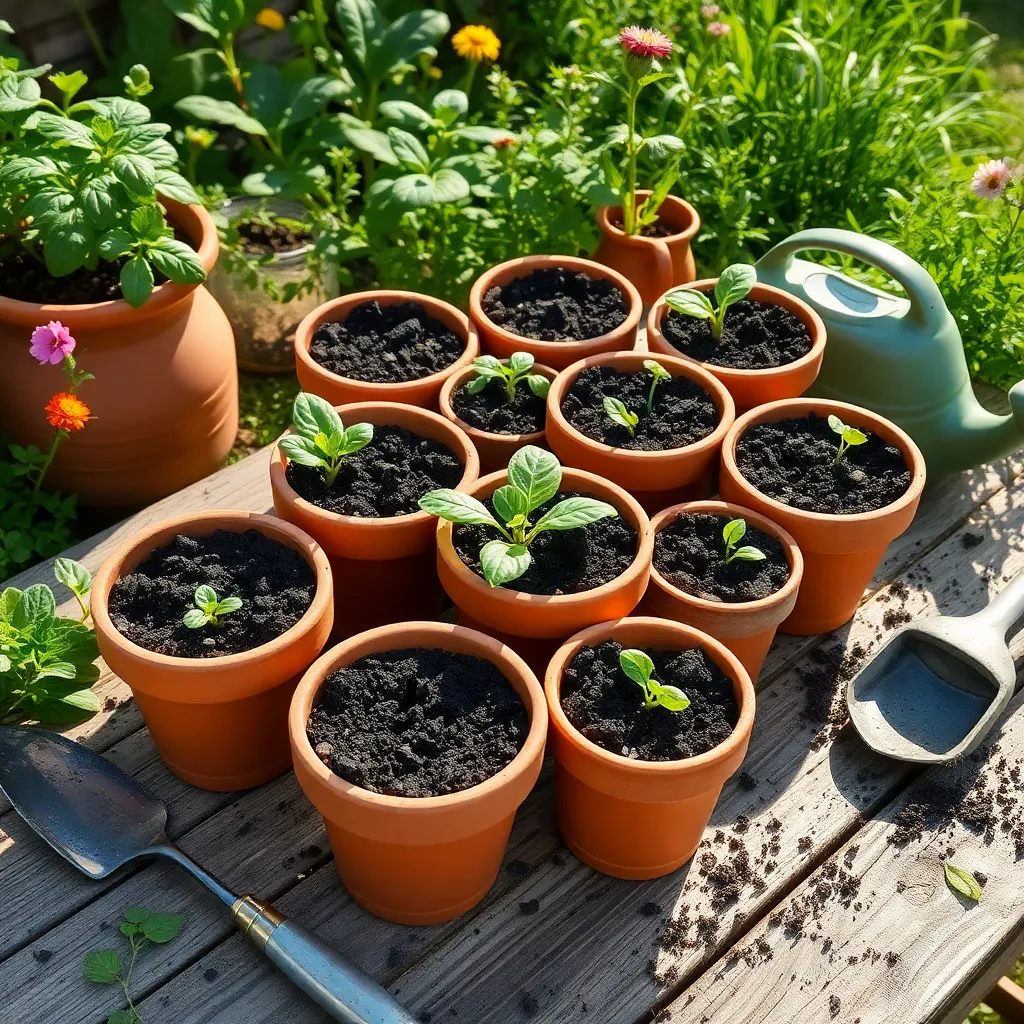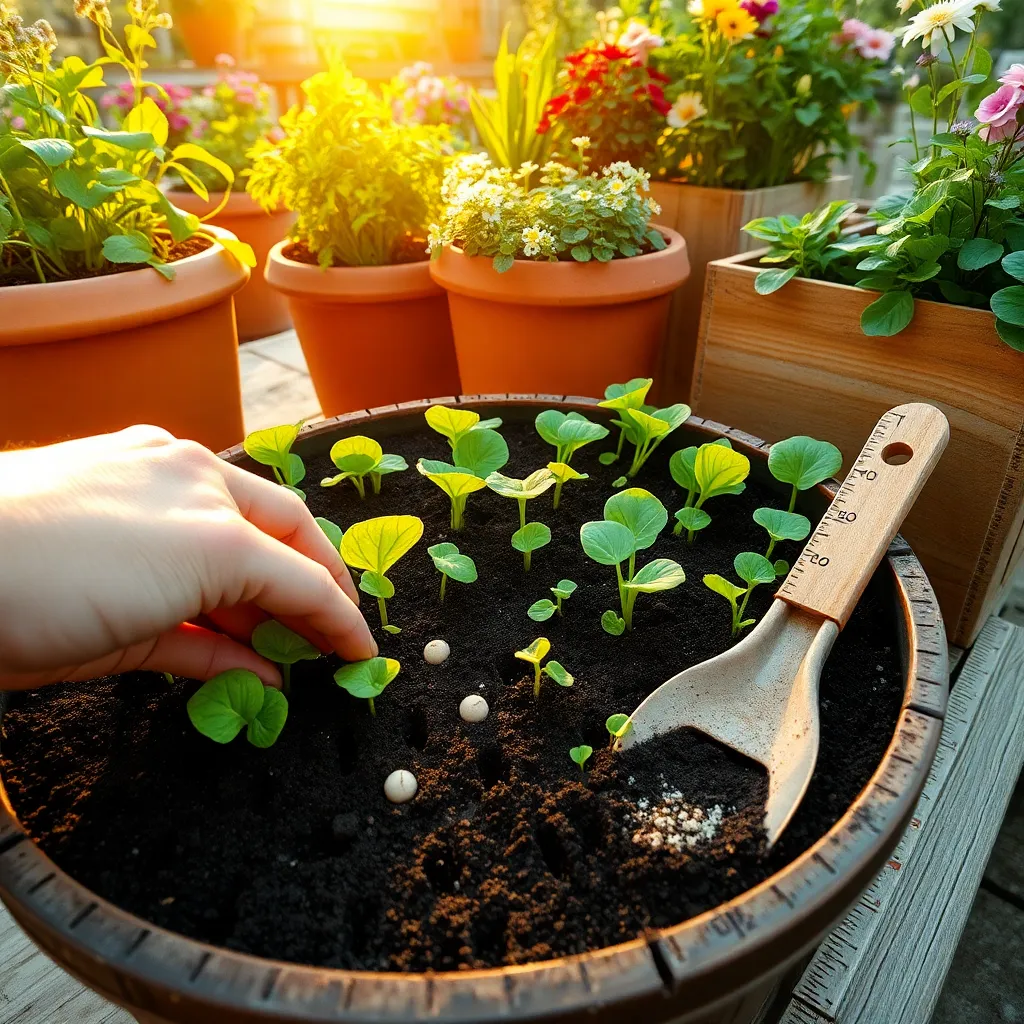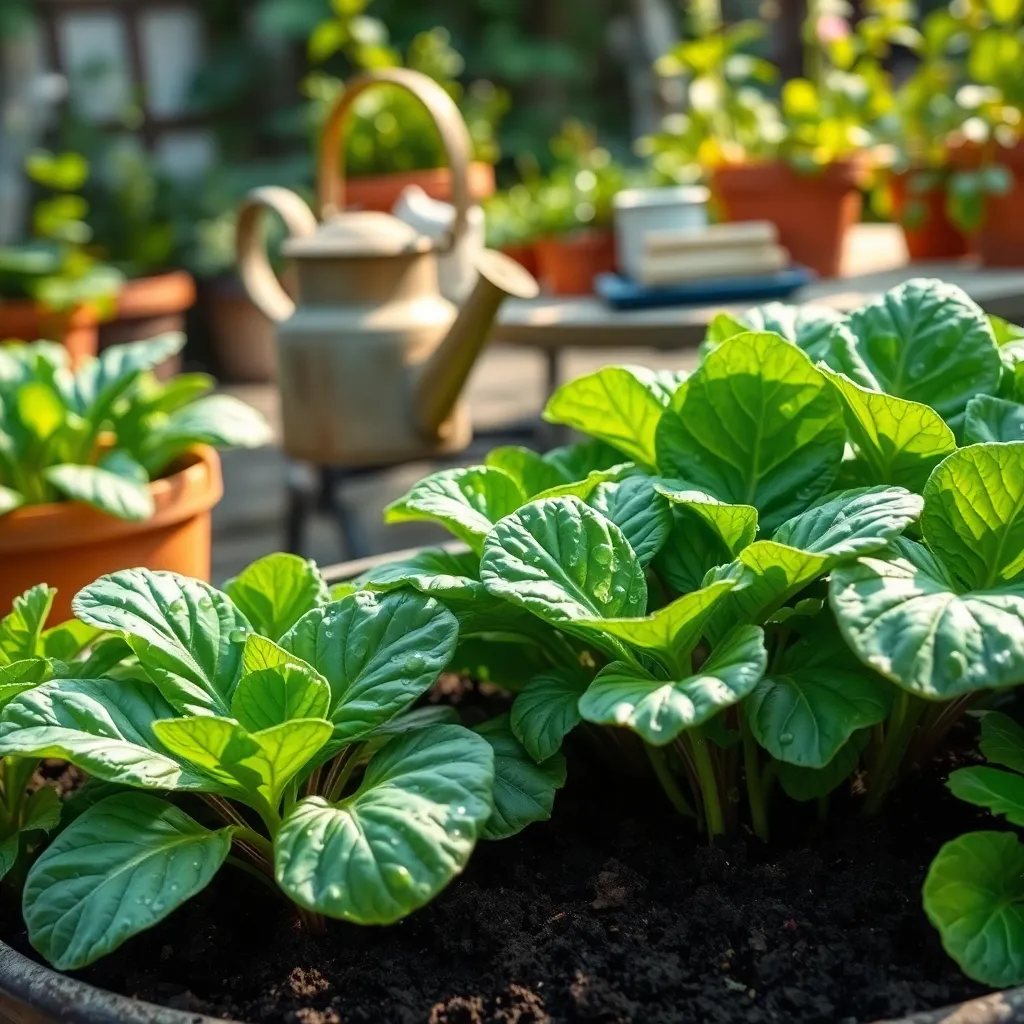Growing your own spinach in containers is not only a rewarding endeavor but also a practical way to enjoy fresh, nutrient-rich greens right from your kitchen windowsill or balcony. Whether you’re just getting your hands dirty for the first time or you’re a seasoned gardener looking to try something new, container gardening offers a flexible solution that fits any living space and lifestyle.
In this article, we’ll explore the steps you need to take to successfully cultivate spinach in containers, from selecting the right variety and soil mix to understanding watering needs and harvesting tips. You’ll learn how to overcome common challenges and make the most of limited space, ensuring your spinach plants thrive and provide delicious leaves for your salads and meals.
Select Suitable Spinach Varietals

When choosing spinach varietals for container gardening, consider varieties known for their compact growth habit. Bloomsdale Long Standing is a popular choice due to its robust flavor and tolerance to bolting, making it ideal for varying temperatures.
For gardeners looking to harvest quickly, Baby’s Leaf Hybrid provides tender leaves in a short growing cycle of about 40 days. These varieties thrive in well-draining, nutrient-rich soil, so consider using a mix of potting soil and compost to support their growth.
Another excellent option is Space Spinach, which is known for its resistance to disease and ability to thrive in cooler weather. Ensure your containers have adequate drainage holes, and water consistently to keep the soil moist but not soggy, particularly as seedlings establish.
Advanced gardeners might experiment with the heirloom variety New Zealand Spinach, which isn’t a true spinach but grows well in warm climates and adds diversity to your harvest. Regardless of the variety, regular harvesting encourages new growth, so pick leaves as needed to enjoy fresh greens consistently.
Fill Containers with Quality Soil

To grow spinach successfully in containers, it’s essential to start with high-quality soil. Opt for a well-draining potting mix enriched with organic matter to provide the necessary nutrients and support healthy growth.
Avoid using regular garden soil, as it can compact easily and hinder drainage, leading to waterlogged roots. Instead, consider a mix specifically formulated for container gardening, which often includes ingredients like peat moss, perlite, or vermiculite to enhance aeration and moisture retention.
For those looking to go a step further, amend your potting mix with compost or well-rotted manure to boost its nutrient content. This not only enriches the soil but also improves its structure, encouraging robust root development and increasing the plant’s resilience to pests and diseases.
Once your soil is ready, ensure your container has adequate drainage holes to prevent water from stagnating. Overwatering is a common issue in container gardening, so check soil moisture regularly and water only when the top inch feels dry.
Sow Seeds at Correct Depth

Understanding the importance of sowing seeds at the correct depth is crucial for successful spinach growth. Spinach seeds should be planted about ½ inch deep in your container, ensuring they are neither too shallow nor too deep for optimal germination.
To achieve the right depth, gently press the seeds into the soil with your finger or use a dibber for more precision. This helps maintain the necessary soil contact for the seeds to absorb moisture and nutrients effectively, setting the stage for healthy seedlings.
After sowing, cover the seeds lightly with soil and firm it down gently to avoid air pockets. Consistent soil moisture is key; water the soil lightly but regularly to keep it damp without drowning the seeds.
For those looking to maximize their spinach yield, consider sowing seeds in succession every two weeks. This technique ensures a continuous harvest, allowing you to enjoy fresh spinach leaves throughout the growing season.
Water Consistently for Moist Soil

Watering consistently is crucial for growing healthy spinach in containers. Aim to keep the soil consistently moist but not waterlogged, as spinach prefers a steady supply of moisture.
To achieve optimal moisture levels, check the top inch of soil regularly. If it feels dry to the touch, it’s time to water your spinach plants.
Consider using a watering can with a rose attachment to distribute water evenly across the soil surface. This helps prevent disturbing the soil and ensures that water reaches the root zone effectively.
For more precise moisture control, consider using a self-watering container. These containers can help maintain consistent moisture levels and reduce the frequency of watering, which is especially beneficial for busy gardeners.
Provide Adequate Sunlight Exposure

To ensure your spinach thrives in containers, it’s crucial to provide adequate sunlight exposure. Spinach prefers full sun but can tolerate partial shade, especially in warmer climates.
Place your spinach container in a spot where it receives about 4-6 hours of sunlight daily. If you’re growing spinach indoors, consider using a grow light to supplement natural sunlight, especially during shorter winter days.
Rotate the container every few days to ensure even light distribution, promoting uniform growth. This practice helps prevent the plant from leaning towards one side or becoming leggy due to insufficient light.
During the peak of summer, provide some afternoon shade to protect spinach from overheating. This can be achieved by positioning the container near taller plants or using a shade cloth during the hottest part of the day.
Conclusion: Growing Success with These Plants
As we’ve explored, growing spinach in containers is much like cultivating a thriving relationship. First, we learned the importance of choosing the right container, akin to creating a supportive environment for a relationship to flourish. Next, selecting quality soil parallels building a solid foundation of trust and communication. Watering consistently is like nurturing your connection daily, ensuring it stays vibrant. Providing proper sunlight reflects the need for openness and transparency, while regular pruning symbolizes addressing challenges and fostering growth.
Now, take immediate action by assessing your current relationship environment—what adjustments can you make to enhance it today? Whether it’s a heartfelt conversation or a small, thoughtful gesture, begin nurturing your relationship garden now.
Bookmark this article as your go-to guide for relationship enrichment, ensuring you have the tools to cultivate love and understanding at your fingertips. Remember, with consistent care and attention, your relationship, much like a well-tended spinach plant, can thrive and yield abundant joy. Here’s to your ongoing journey of relationship success—may it be as fruitful and rewarding as you envision.

